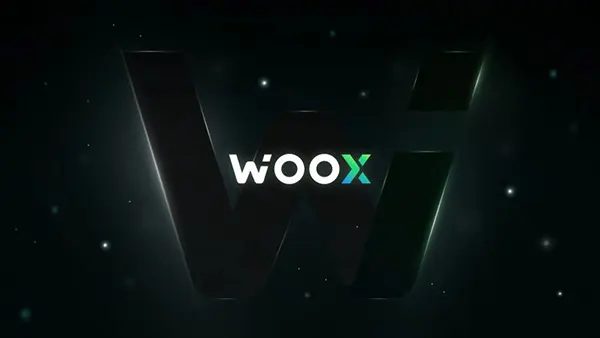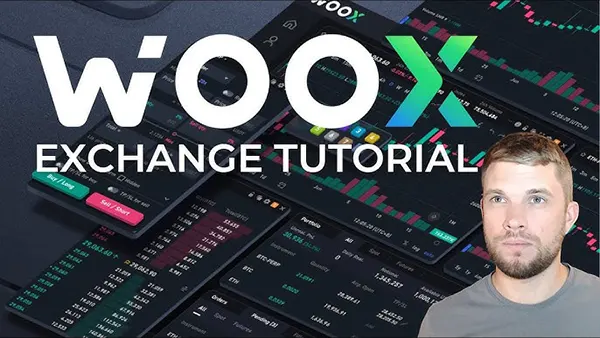
Woo X (ex-WooTrade): Is Zero-Fee Trading Truly the Future of Decentralised Finance?
Over the past few years, decentralised trading has evolved rapidly, with zero-fee models challenging traditional fee structures. One of the pioneers of this approach is Woo X (formerly WooTrade), which promises institutional-grade liquidity and free trading for its users. But is this really the future of decentralised finance, or merely a temporary disruption in the market?
The Core Principles of Woo X and How They Reshape Trading
Woo X operates on a unique model where trading fees are entirely eliminated for most users. Instead of charging per transaction, the ecosystem is sustained through internal liquidity incentives and partnerships. This marks a significant departure from the traditional revenue model used by both centralised and decentralised exchanges, which typically rely heavily on commission-based income.
As of June 2025, Woo X provides advanced order types, deep liquidity, and minimal slippage — all of which are rare in the zero-fee trading space. Moreover, their integration with market makers and liquidity providers ensures competitive spreads, which improves the overall execution quality for traders.
What sets Woo X apart is its strategic focus on transparency. Unlike many exchanges that hide trading costs in wider spreads or hidden fees, Woo X aims to present a clear and open trading environment. This builds long-term user trust, especially among institutional investors and active retail traders.
How Zero-Fee Trading Affects Market Participation
By removing financial entry barriers, Woo X enables broader market access. Traders who would otherwise hesitate to engage in frequent trading due to fees now find it easier to deploy various strategies, including scalping and algorithmic trading. This has led to increased participation across different user groups.
According to data from June 2025, Woo X has seen a 37% increase in active user accounts year-over-year, driven largely by the appeal of its zero-fee structure. For many crypto users, especially in emerging markets, even small reductions in fees represent significant savings over time.
However, there are growing concerns that such a model may not be universally sustainable. Without robust monetisation strategies, exchanges offering zero-fee trading risk overextending themselves financially — especially during bear markets when trading volumes decline.
The Role of Liquidity in Supporting a Zero-Fee Model
Liquidity is the backbone of any successful trading environment. Woo X leverages relationships with institutional-grade market makers and employs a hybrid liquidity framework to ensure consistent depth in order books. This allows for smoother transactions even at high volumes.
Unlike smaller decentralised trading systems, Woo X combines centralised efficiency with decentralised access. This is evident in their liquidity provision mechanism, which is designed to reduce spreads and improve price stability. The result is a trading experience comparable to top-tier exchanges — but without the costs.
In addition, Woo X uses staking and reward-based systems to incentivise liquidity providers. By offering rewards in the WOO token, the platform ensures that liquidity remains strong, especially in high-demand trading pairs such as BTC/USDT and ETH/USDT.
Risks and Challenges of Maintaining Deep Liquidity
While the liquidity model used by Woo X is effective, it is also vulnerable to volatility. In times of market stress or black swan events, liquidity providers may withdraw capital rapidly, leading to slippage and execution delays — even in zero-fee settings.
Additionally, relying on WOO token incentives ties liquidity stability to the health of the token itself. Should WOO experience a dramatic price drop, liquidity incentives could weaken, threatening order book integrity and trust in the platform.
This interdependence creates a need for strategic reserve funds and flexible policies to adapt to changing market dynamics. Woo X is reportedly exploring new mechanisms to stabilise liquidity even during market downturns, which would be crucial for the long-term viability of the zero-fee model.

Regulatory Landscape and the Future of Free Trading
As regulators increase their scrutiny of decentralised finance, the future of zero-fee trading may depend heavily on compliance. In 2025, Woo X has made significant strides in this regard by obtaining licences in jurisdictions such as Singapore and the British Virgin Islands.
Compliance opens new doors to institutional investment, but it also imposes strict operational standards. Woo X has invested in KYC/AML technology and real-time surveillance systems, allowing it to align with global expectations while maintaining a user-friendly environment.
Furthermore, the debate around zero-fee trading and “payment for order flow” is gaining traction in financial circles. Woo X maintains that its model avoids hidden incentives or rebates that could compromise order execution. Independent audits and transparency reports have been promised for Q3 2025 to reinforce this claim.
Will Free Trading Be the Norm or an Exception?
It is likely that zero-fee trading will not become the default model for all crypto exchanges. Instead, it may remain a niche offering, particularly suitable for ecosystems that can subsidise operations through token economics or adjacent services.
However, Woo X’s success shows that there is strong user demand for cost-efficient trading. If this demand persists, other exchanges may feel pressure to reduce fees or offer hybrid pricing models — especially as competition intensifies in the DeFi space.
Ultimately, whether zero-fee trading becomes the norm depends on its long-term sustainability. Exchanges must demonstrate that such models can function without compromising liquidity, execution quality, or regulatory compliance. Woo X, as of mid-2025, continues to push the boundaries — but the experiment is still ongoing.
